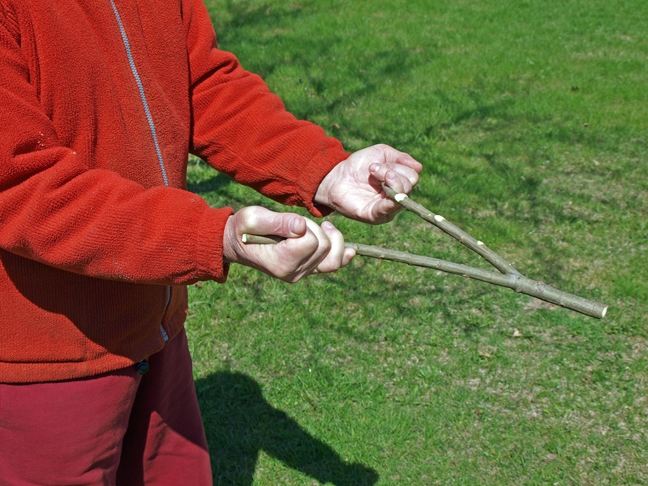

 Water dowsing or divining dates back hundreds of years. There is much information on dowsing in the 16th century, particularly in and around Germany but also information to suggest it was used in the 5th and 6th centuries in Rome and also as far back as the Ancient Egyptians.
Water dowsing or divining dates back hundreds of years. There is much information on dowsing in the 16th century, particularly in and around Germany but also information to suggest it was used in the 5th and 6th centuries in Rome and also as far back as the Ancient Egyptians.
Before the technological methods we have available now, lives would have depended upon finding the most reliable method of sourcing clean water. When you consider that water dowsing is the method which has survived over all these hundreds of years, there must be something to it. Indeed, there are still people who practise water dowsing both professionally and as a hobby. I’ve experienced a water company workman employed to find a stopcock that had been buried during work on the pavement. He ditched his expensive electronic equipment, got out his dowsing rods and quickly found the stop cock. You may be a sceptic but dowsing does work! How it works is the subject of much research, discussion and argument but it is generally accepted that the dowsing tool acts as an ‘indicator’. When a target is found an L-rod will swivel and a pendulum will gyrate. The dowsing tools do not respond to the target. The body reacts to the target and the dowsing tools respond to a dowsing reflex in the person.
One of the joys of dowsing is that it requires no expensive outlay, and can be done by anyone. The tools of a dowser are rods and a pendulum and whilst an amethyst crystal on a silver chain is beautiful, the same results can be achieved with a metal nut on a bit of string and the most commonly used rods now are not a forked hazel twig but a common wire coat hanger cut in two to form two L shapes.
Finding water is just a matter of posing a question. Be specific: are you looking for an underground stream or drains from your house; drinkable water or waste water? Then on a fairly still day, hold the short side of the rods loosely in your hands, hold them up in front of you and walk in straight lines across your garden with this intention in your mind. At the point of finding water the rods will cross. (Some people may find that the rods swing further apart over the point but more often they swing to cross.) The first time this happens you may stand there in disbelief, so keep walking and come back for another pass and see what happens.
Dowsing is not limited to finding water. It is a method for locating hidden things and so is useful for finding underground pipes; metal ores; where you dropped your keys; and even (though rarely) missing people. Dowsers enjoy dowsing archaeological sites to find the boundary walls and the age of the sites, old religious sites and energy lines.
The British Society of Dowsers (britishdowsers.org) can provide more information and courses and there are groups across the country who meet regularly to teach, discuss and provide practical activities. Our local group is Leicestershire & Rutland Dowsers who meet in Wanlip (on-line during Covid restrictions). We go out as a family and enjoy a good day’s activity.
Sophie Dyer